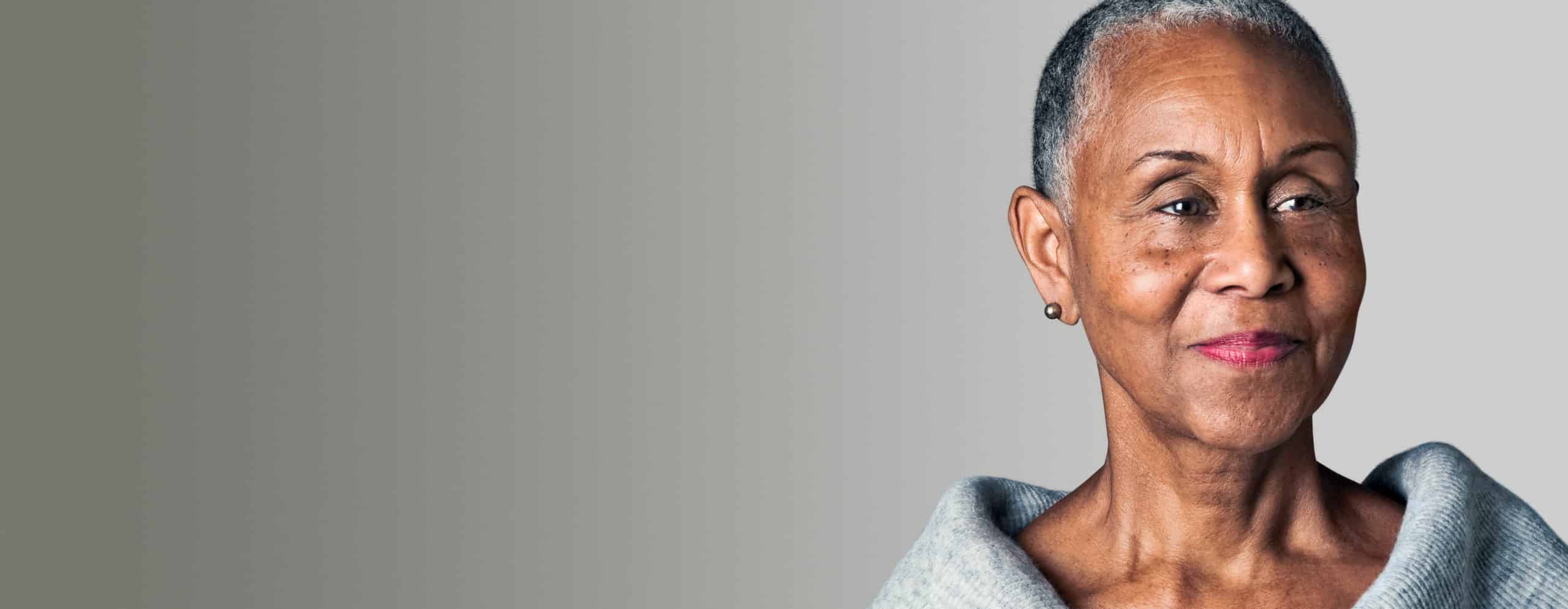This post has been updated to reflect the most up-to-date information
30-second summary of “How Do Life Settlements Work?”
Life settlements can be a powerful financial tool for seniors, but many policyowners don’t know what a life settlement is, or how it works. In this article, we’ll explain the entire process, including:
- What is a life settlement?
- Eligibility
- Traditional life settlement
- Healthy life settlement
- Offer, and
- Settlement
If you have any questions, you can contact us and one of our life settlement specialists will be happy to help you.
You can also use our life settlement calculator to get a free estimate of how much your policy could be worth.
Get your free estimate now!
Maybe you’ve heard of life settlements and how valuable they are as a retirement planning tool, but have always wondered, “how do life settlements work?” In this article we’ll answer that question, breakdown what a life settlement is, and help you understand if you might qualify for one.
What is a life settlement?
A life settlement is the sale of a life insurance policy to a third party for its market value. In the transaction, the seller receives a substantial payout (on average 4 or more times greater than the cash surrender value), and the buyer becomes the owner and beneficiary of the policy.
Life settlements, broadly speaking, have three steps – eligibility, offer, and settlement.
Eligibility
Life settlements are available to certain life insurance policyowners based on different eligibility criteria. While not everyone qualifies for a life settlement, many people do – even healthy policyowners. It is free to find out if you qualify and to learn how much you could get by selling your life insurance policy.
It takes less than 5 minutes to get your free estimate and learn if you might qualify.
Traditional life settlement
With traditional life settlements, a person needs to be at least 65 years old (although if you are 75 or older, you’re more likely to qualify), have a policy with a death benefit of at least $100,000, and have experienced a change in health since the policy was issued (for example, being diagnosed with cancer, COPD, or heart disease). Sometimes individuals under age 65 can qualify if they have a severe health condition like advanced cancer or ALS.
Different types of policies can qualify for a traditional life settlement, including universal life (UL), whole life (WL), and convertible term life policies. Non-convertible term life policies can occasionally qualify as well, but this is rare.
Policies with a death benefit of less than $100,000 are not eligible for a life settlement.
Healthy life settlement
Recently, some healthy policyowners have been able to take advantage of the benefits of life settlements that used to only be available to people with impaired health. For a healthy person to qualify for a life settlement, there are some additional eligibility guidelines. The insured must usually be at least 75 years old and have a universal life (UL) policy, with a death benefit of at least $250,000.
Offer
In most cases, after you provide personal, policy, and health information to a life settlement provider or broker, you’ll get an offer in a few weeks. Some companies require extensive medical underwriting which can result in a long wait before you receive an offer, while other companies can make offers more quickly – sometimes in under 5 business days. For healthy life settlements, the turnaround time for an offer can be under 24 hours.
Settlement
Once you accept the offer to purchase your policy, you’ll need to complete some paperwork with the help of the life settlement provider or broker. After you complete and submit the required paperwork, the funds for the offer you accepted are placed in escrow. Once the policy ownership is transferred and the sale is finalized, the funds are released from the escrow account to you.
If you have a life insurance policy that no longer serves its original purpose, or is too expensive to maintain, you should consider converting it to a large cash payout through a life settlement.
As an accomplished marketing leader, I have successfully built impactful functions in diverse industries. During my career, I have translated complex systems into clear and actionable initiatives that drive growth and revenue. With a deep-seated passion for success, I foster cross-functional collaboration by leveraging my strong relationship-building and communication skills.




